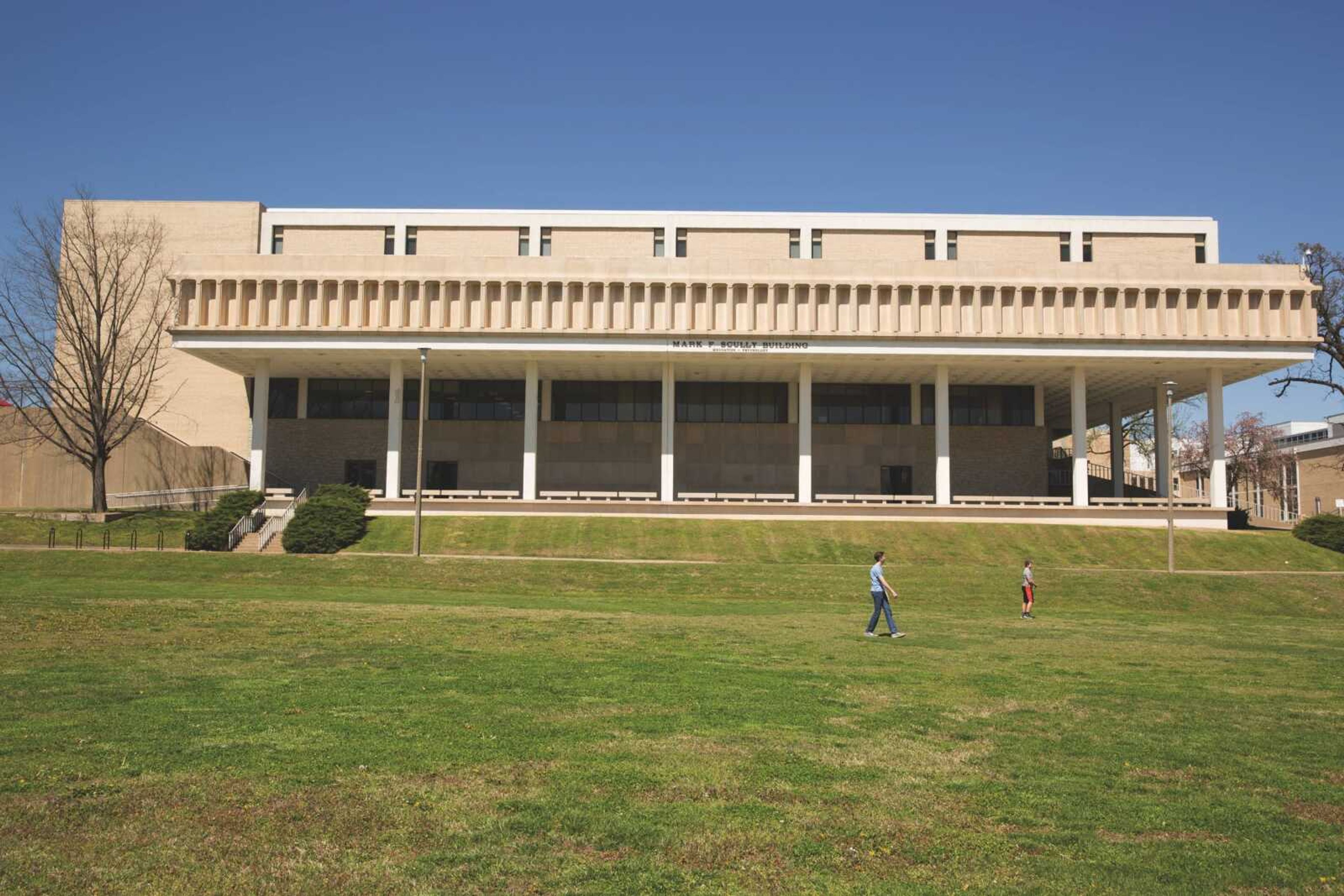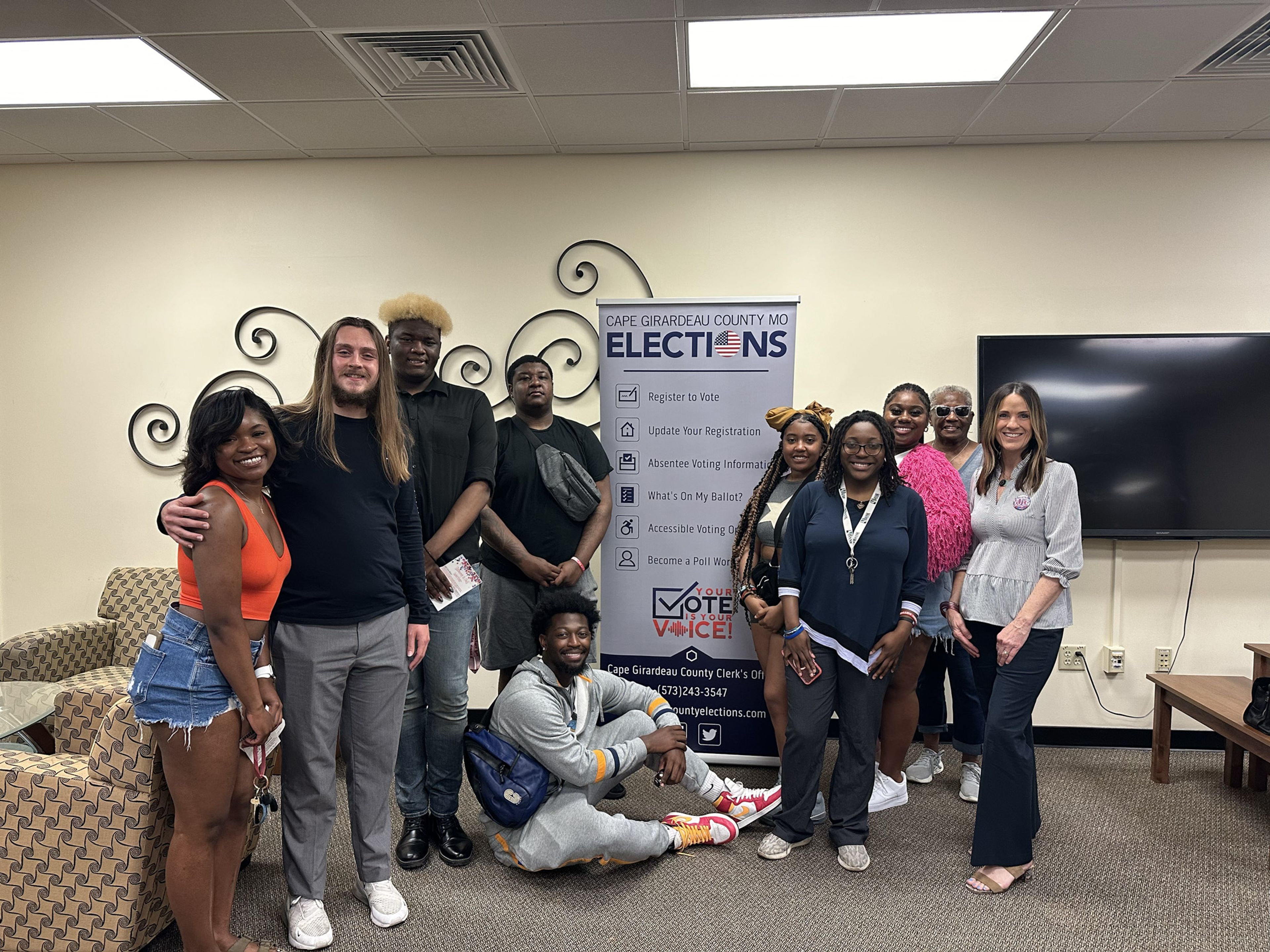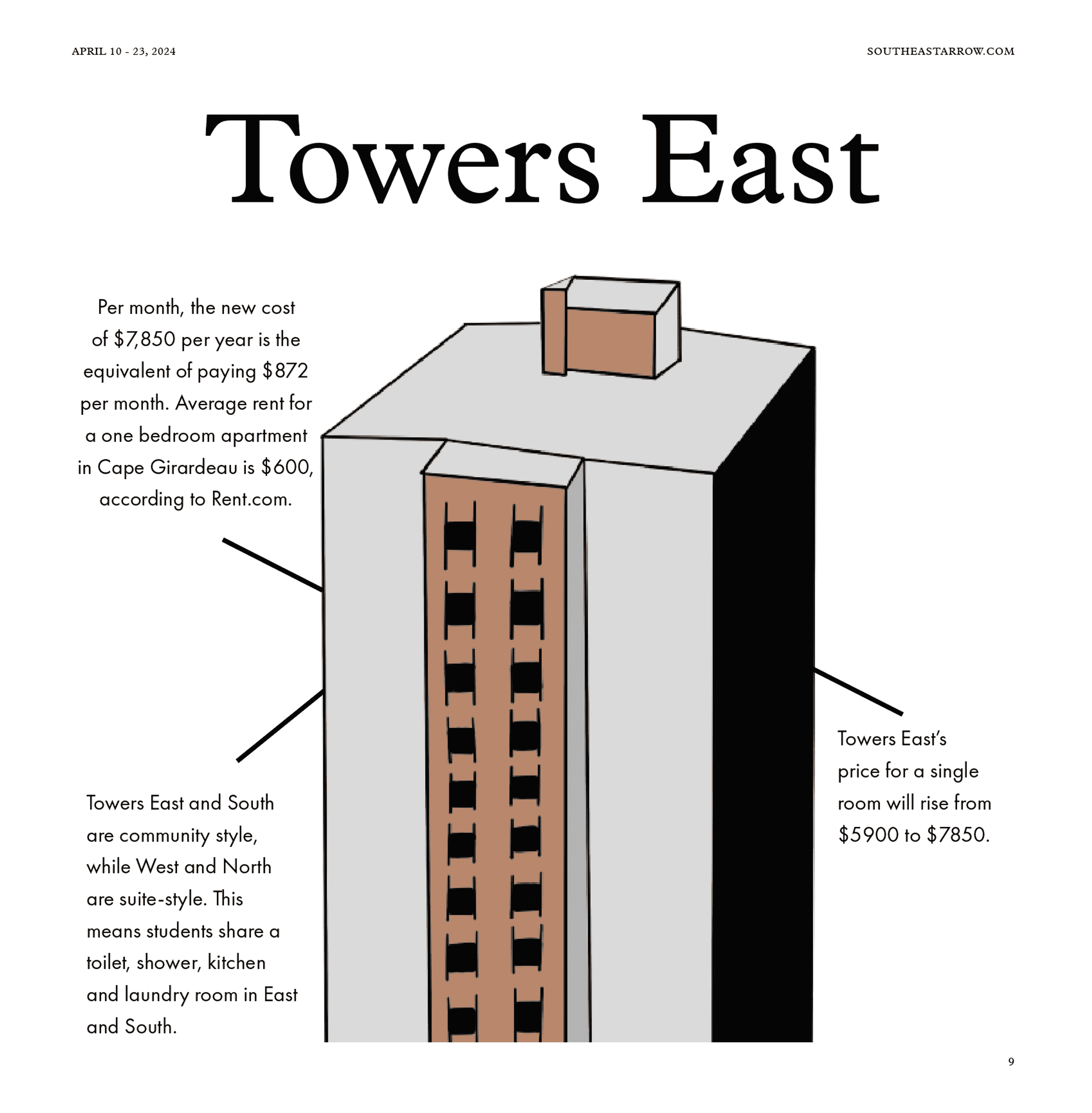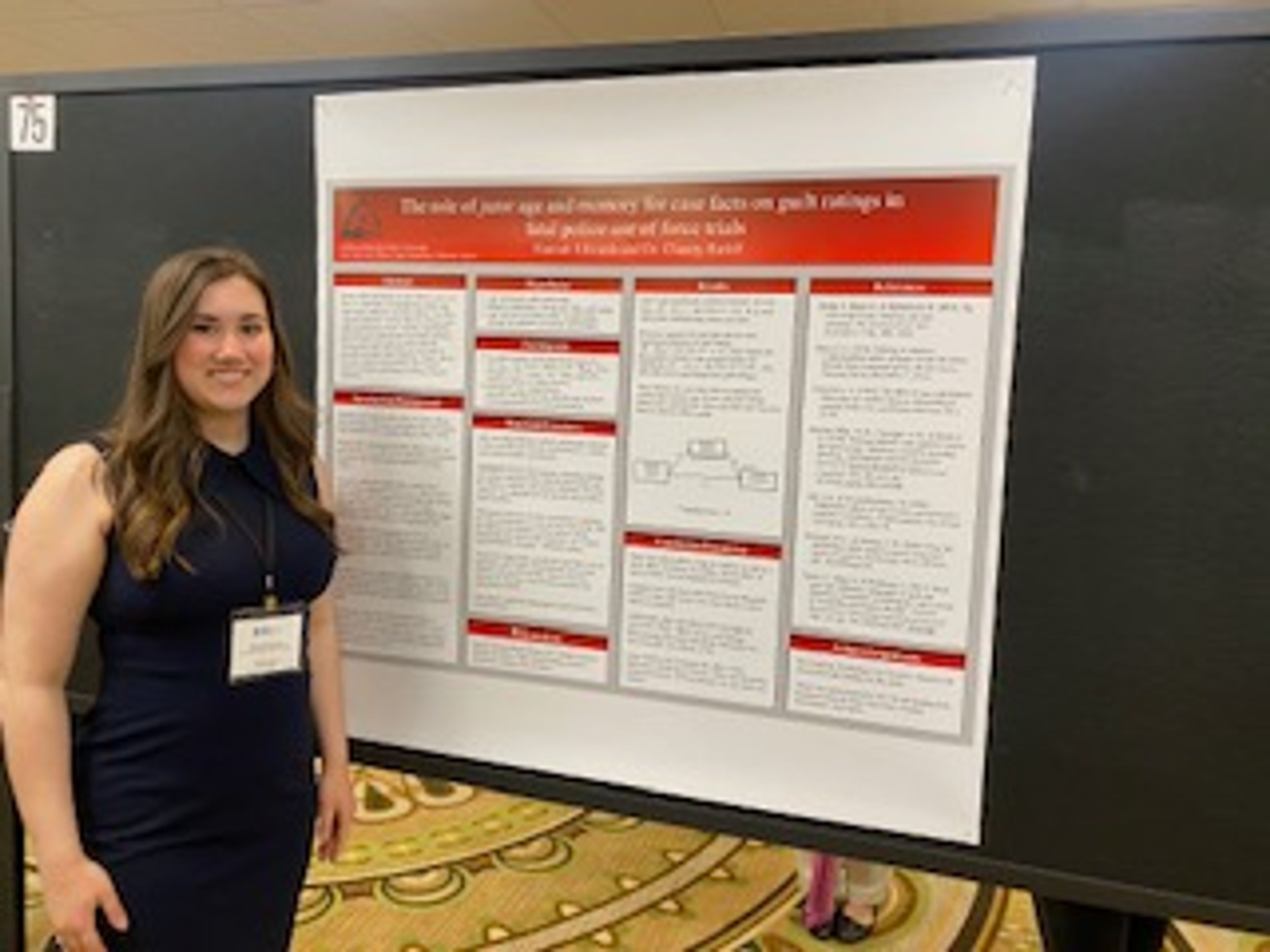Students obtaining education degrees across Missouri are assessed rigorously to ensure maximum competency before becoming licensed teachers. In fall 2013, the Missouri Department of Elementary and Secondary Education (DESE) created a new exam called the Missouri General Education Assessment, or MoGEA, which candidates must pass before being admitted into Missouri education preparation programs. During the three academic years the MoGEA has been applied, it has been a subject of debate and discussion statewide.
Dr. Diana Rogers-Adkinson, dean of Southeast Missouri State University's College of Education, said the transition from the prior assessment, the College Basic Academic Subjects Examination, or CBASE, to MoGEA was a shaky one.
"All of the deans had significant concerns about the change from CBASE to MoGEA simply because the CBASE was an easier exam, or at least was perceived to be, and was more aligned to the competencies you see in the ACT -- carrying in both what you learned from high school, but not as much linked to the college curriculum," Rogers-Adkinson said.
Rogers-Adkinson said the MoGEA shifted the focus from basic understanding of fundamental ideas to in-depth knowledge within the five initial content-based subtests of the MoGEA, including English, writing, math, science and social studies. Rogers-Adkinson participated in faculty panels, which provided feedback to the state regarding the specific content within these subtests and how each item is weighted for scoring.
Rogers-Adkinson said the initial MoGEA assessment was so difficult in some content areas that the faculty panels would have been unable to pass them had they attempted. In at least one case, Rogers-Adkinson said an educator panel refused to provide feedback on the items provided, citing their excessive call for specific, high-level content knowledge.
After ratifying the assessment and receiving data on the results, DESE established units of measurement called "standard errors of measurement" (SEMs). This gave each college or university a spectrum upon which they were able to set their own minimum passing scores, or "cutscores," for candidates. Rogers-Adkinson said after seeing the types of content being tested in the MoGEA, Southeast's College of Education set its initial MoGEA cutscores as low as possible on each subtest while the college revised its curriculum to better prepare students for the new assessment. In subsequent academic years, Southeast's cutscore on the math subtest was lowered even further because of content expectations Rogers-Adkinson thought seemed unrealistic.
"What an elementary education teacher needs for math and science is going to be very different than perhaps what somebody going into music ed was going to need," Rogers-Adkinson said.
Additionally, the MoGEA was found to be biased against minority and female candidates.
"So dominant culture, white males, were doing pretty fine on MoGEA, but realizing that the profession is very largely a female-dominated profession, it's a problem when you have an entrance exam that's showing a bias and an increased difficulty for even women to take and be successful," Rogers-Adkinson said.
Rogers-Adkinson said these problems, voiced by her and other education preparation faculty to the state, caused DESE to revise the assessment.
"The deans all advocated for revisions to the test that would be more narrow and allow students to better prepare," Rogers-Adkinson said. "So now we have MoGEA II that started this fall."
Pearson, Inc. is the company that formulates and administers several education preparation exams, including the MoGEA. On the Missouri Educator Gateway Assessments web page, a site run by Pearson, Inc., a document is provided detailing the revisions to the MoGEA. According to this comparison, the MoGEA's five initial subtests were condensed to four, with science and social studies being combined in one assessment. Additionally, an emphasis was placed upon "basic concepts and skills" as opposed to "specific content knowledge."
With the newly formatted MoGEA and the revision to Southeast's curriculum complete, the College of Education raised all cutscores to the state-recommended scores of 220. On March 11, Dr. Gale Hairston, director of Educator Preparation at DESE, issued a memorandum containing the cutscores for 50 of Missouri's education programs. According to this document, only 11 of those 50 programs have raised all of their cutscores to the state-recommended 220.
Rogers-Adkinson said there are two reasons for Southeast's scores being raised to 220, one of which being that the program's curriculum has been revised to better prepare students for the MoGEA, which has not been accomplished by all schools in Missouri. Additionally, students must take an additional assessment toward the end of their academic careers that is similar to the MoGEA. These tests taken at the senior level are called Missouri Content Assessments, or MoCA.
"So if I have students who want to come into teacher education and I'm letting them in not using the state recommended cutscore for the entrance, and they're not doing as well on that test, I could be setting them up for -- then as a senior -- trying to pass their MoCA exam," Rogers-Adkinson said. "If they're not able to meet the entrance exam of 220, how can I feel in good faith for some of our majors, that they're going to pass that exit exam?"
According to data from Southeast students who've taken the new MoGEA, Rogers-Adkinson said students are doing well under the revisions. Southeast students are performing better than the state average in math, and have about a 75 percent pass rate for the assessment as a whole. On the writing subtest, however, Rogers-Adkinson said the pass rate is closer to 50 percent, which reflects a statewide trend.
Rogers-Adkinson said even with the new MoGEA II there is still a discrepancy regarding minority candidates because many are coming from under-performing schools. For this reason, Rogers-Adkinson has been advocating an "exception policy," by which the program could examine the general population for under-performing or targeted groups and make exceptions for those students who are otherwise qualified, but are unable to pass all portions of the MoGEA.
"It is reasonable, to me, to say that this student who maybe did not pass the math competencies, who does not ever plan on teaching math, might be otherwise qualified for admission to the program," Rogers-Adkinson said.
Rogers-Adkinson added that when there are shortages of teachers, the effects are most largely felt on the very urban and very rural ends of the spectrum. For this reason, she said it is very important to foster and recruit minority candidates.
"For us, statewide, our biggest concern continues to be, 'How do we make sure that we're not excluding key groups of people?'" Rogers-Adkinson said. "We need minority educators desperately. We need the classroom to resemble the children in the classroom. And make sure that the test is not going to, by default, exclude a group of our students."





